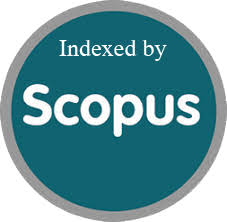Estimating Daily Reference Evapotranspiration for Mosul Area Using Artificial Neural Networks
Abstract
AbstractIn the present study a mathematical model using Artificial Neural Network (ANN) was developed to estimate the daily reference evapotranspiration for Mosul area (northern part of Iraq) using daily meteorological data measured over 21 years, which are believed to influence the evapotranspiration process. The data are consisting of temperature, sun radiation, wind speed, and relative humidity. These variables have been used as inputs to the ANN, while the daily evaporation was adopted as an output.The study reveals that there is a high linear correlation between the evaporation estimated by the proposed ANN and that measured using class A evaporation pan with a correlation coefficient of 0.95. This clearly indicates the possibility of using AAN technique for estimating the evapotranspiration component, which can be calculated by multiplying the output of ANN (i.e. evaporation) by the pan coefficient. Additionally, sensitivity analyses have been conducted to study the effects of the specific variables of inputs on the proposed network's performance. It is found that ANNs performance is highly affected when the temperature, sun radiation, and wind speed are concurrently acted, while the effect of the relative humidity was limited especially when it is accompanied by the temperature.








